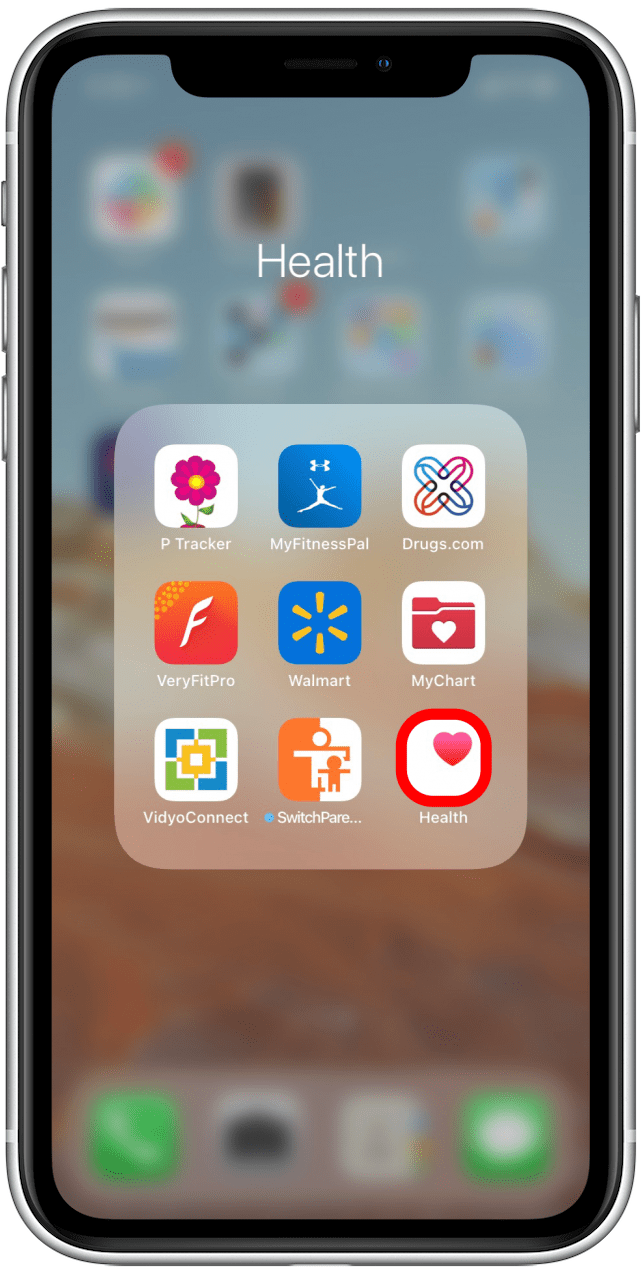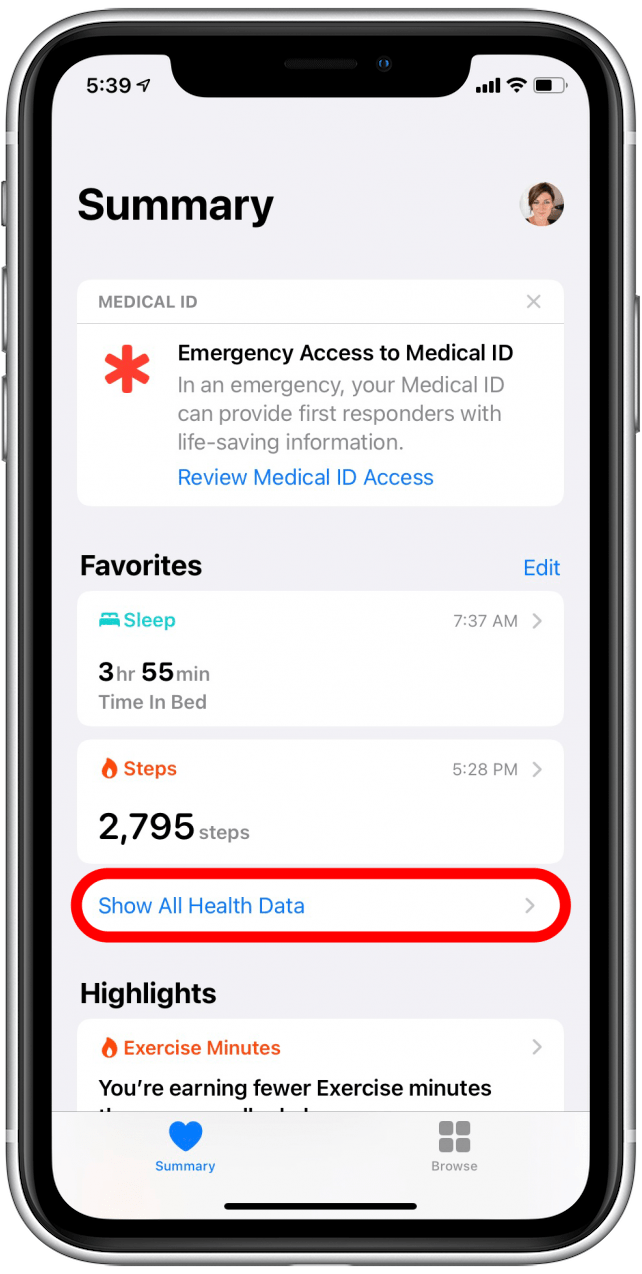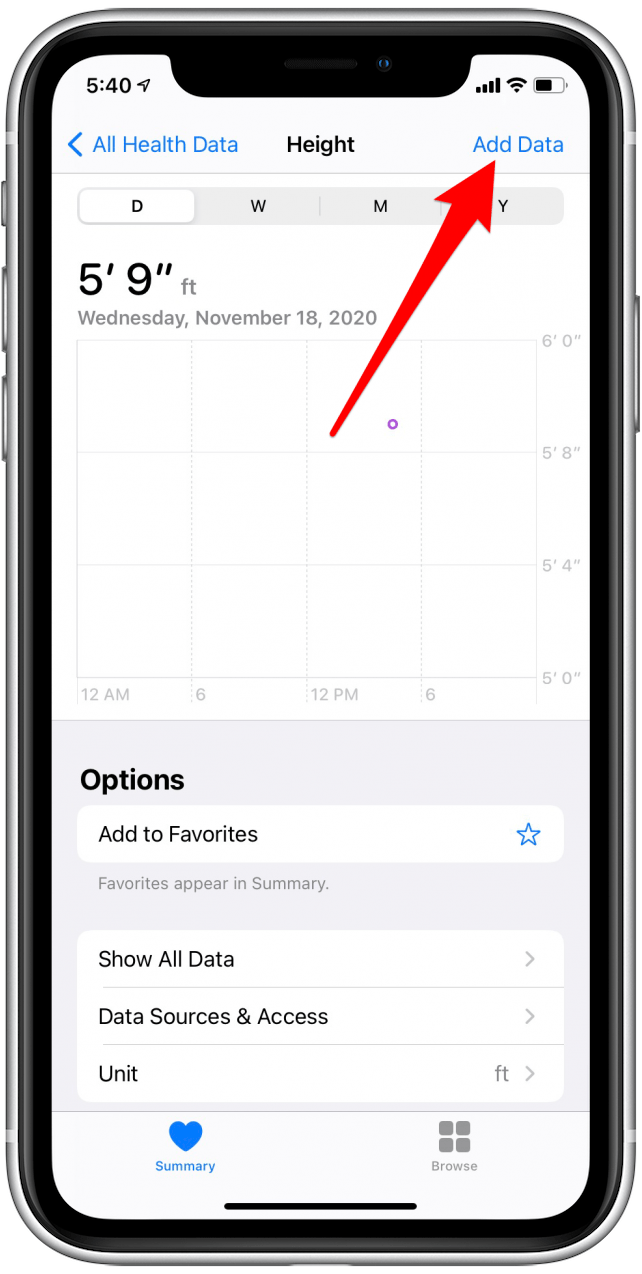
Are Apple Watch Calories Accurate? Find out how the Apple Watch calculates calories burned and how to use that information to improve your Apple Watch calorie accuracy and Apple Watch heart rate accuracy.
Related: Active Calories vs. Total Calories on Apple Watch: What’s the Difference?
Jump To:
- How Does Apple Watch Calculate Calories Burned?
- Active Calories vs. Total Calories
- How Accurate Are Apple Watch Calories?
- How to Improve Calorie Tracking Accuracy on Apple Watch
How Does Apple Watch Calculate Calories Burned?
The Apple Watch calorie counter tracks your heart rate and movement and uses your personal health information such as height and weight to track your daily calorie expenditure. Apple Watch calorie calculations are based on health standards and are known to be accurate.
How are calories measured? Apple Watch calorie tracking is based on a scientific principle called the metabolic rate. Metabolic rate is the rate of a person’s metabolism, or how quickly the body expends the calories ingested through food intake.
Each individual has a unique metabolic rate, but scientists can accurately predict an individual’s metabolic rate based on their gender, weight, and height.
When you set up your Apple Watch, you give Apple this info in the Health app. It then uses this personal information to calculate your Basal Metabolic Rate (BMR), which is your metabolic rate under normal resting conditions, and your Active Metabolic Rate (AMR), which is your metabolic rate while you are exercising. Apple Watch uses your heart rate and movement to detect increases or decreases in activity, which measures AMR.
The Apple Health app determines how much the average person of your size, age, and gender needs to exercise in order to run a calorie deficit. Meaning how much you need to move and be active to burn more than the number of calories you consume in a day.
Active Calories vs. Total Calories
What’s the difference between active calories and total calories? Calories are burned in two ways: through your body maintaining itself at rest, and through additional calories used during exercise. Active Calories are what Apple calls the additional calories used during exercises. Total Calories is equal to Active Calories plus BMR, or the sum total of calories burnt at rest and calories burned during exercise.
How Accurate Are Apple Watch Calories?
This question can be asked and answered in two parts.
First, how accurate is Apple’s measurement of BMR, the calories used as determined by your age, gender, and size? The answer is that this calculation is pretty accurate. BMR science is commonly used in the medical field, and the indicators used by Apple in making this calculation are industry-standard.
Next, how accurate is the Apple Watch calories expenditure tracking? A study conducted in 2017 by Stanford University found Apple Watch to be the best in its class out of 60 other competitors for energy expenditure tracking, with the best heart rate tracking and top movement tracking.
While a medical device such as a calorimeter may be better at tracking calories used, the Apple Watch is close to being the best device to track calories burned and heart rate. It is crucial, however, that your watch is set up correctly to ensure that calories are tracked as precisely as possible.
How to Improve Calorie Tracking Accuracy on Apple Watch
Because calorie usage depends so much on your own biology, it’s essential that your Apple Watch is updated with the latest information regarding your weight, height, and activity. This can be done in the Health app. This Health app information is also key to tracking your exercise minutes correctly when using your Apple Watch, so keeping it updated is a good habit to get into.
- Open the Health app.
![Open the Health app]()
- Select Show All Health Data.
![Select Show All Health Data]()
- Scroll down until you see Height and Weight, and select the category that needs to be updated.
![Select a category to update (height or weight)]()
- Select Add Data and input your new height or weight.
![Tap Add Data in the upper-right corner]()
You will also want to ensure that your watch is not too loose since a poorly fitting watch band can also interfere with Apple Watch heart rate accuracy. Also, ensure that when you exercise, you select the activity from the Workout app on your Apple Watch that most closely matches the exercise you are performing to allow Apple Watch to accurately track your movement.
Pro tip: Keep in mind that tattooed skin may interfere with the accuracy of the heart rate sensors.
Now you know that an Apple Watch is about as good as you can get for accuracy and ease of use in a compact device. If you are actively trying to close your Move rings but are struggling to reach the automatically assigned number, read this on how to change exercise minutes on Apple Watch so that your goals match your personal needs and keep you motivated!
Master your iPhone in one minute a day: Sign up here to get our FREE Tip of the Day delivered right to your inbox.




